The humble patch has long been a staple in the world of apparel, serving not just as a tool for mending but as a powerful medium of expression and identity. From the rugged denim jackets adorned with band logos to the sleek uniforms of military personnel, patches carry stories, affiliations, and a unique aesthetic appeal. In this article, we peel back the layers of this versatile accessory, exploring its history, types, applications, customization options, and care instructions. Whether you’re a fashion enthusiast looking to personalize your wardrobe or a professional seeking to understand the utility of patches in branding, this guide offers valuable insights into making the most of these fabric wonders.
Table of Contents:
– The history and evolution of patches
– Different types of patches and their applications
– Customizing patches for personal and professional use
– How to apply patches to various fabrics
– Caring for your patched apparel
The history and evolution of patches:
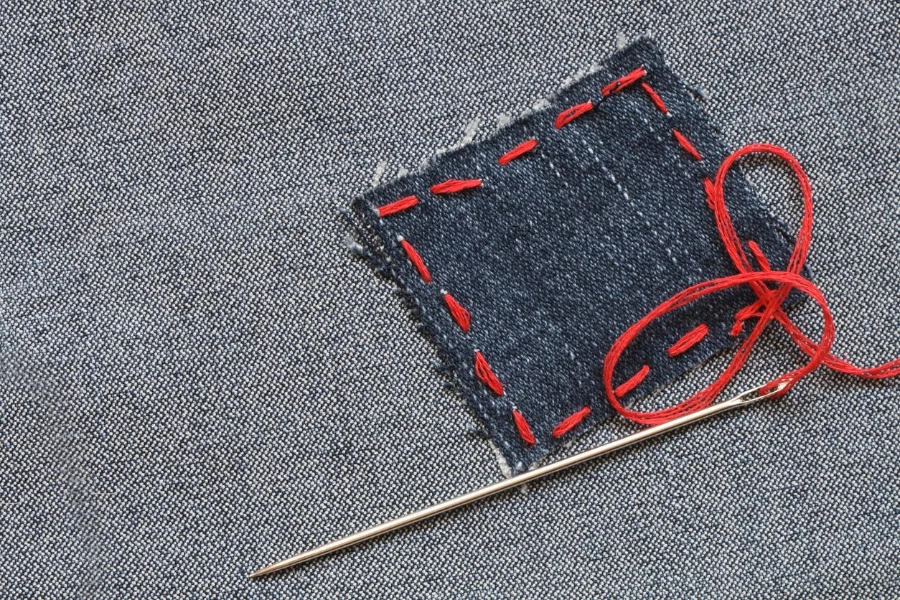
Patches have a rich history, rooted in practicality and evolving into symbols of personal and collective identity. Initially, they were used out of necessity, to repair garments and extend their life. However, over time, patches began to carry significant cultural and social weight. Military units adopted them to signify rank and affiliation, while subcultures, like punk and biker groups, used patches as badges of rebellion and belonging. Today, patches are a mainstream fashion accessory, reflecting a wide array of interests, from pop culture to political statements, illustrating the dynamic journey of patches from utility to emblem.
Different types of patches and their applications:
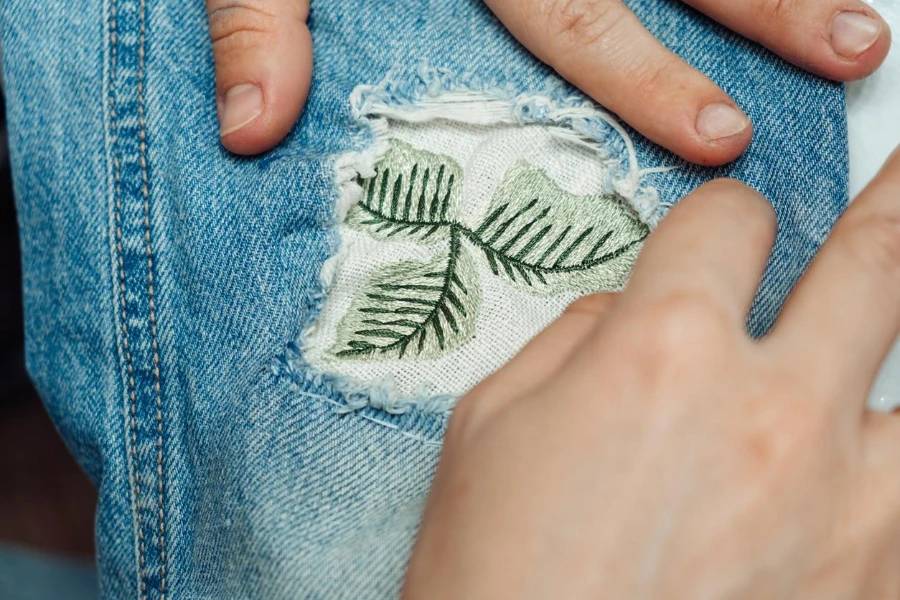
Patches come in various forms, each suited to different purposes and aesthetic preferences. Embroidered patches, known for their raised texture and durability, are popular in both professional uniforms and casual wear. Woven patches offer a smoother appearance, allowing for more detailed designs, ideal for intricate logos or artwork. Meanwhile, PVC patches, with their waterproof quality, are excellent for outdoor gear. Each type of patch has its unique application methods, including sew-on, iron-on, and Velcro, catering to different needs and fabric types.
Customizing patches for personal and professional use:
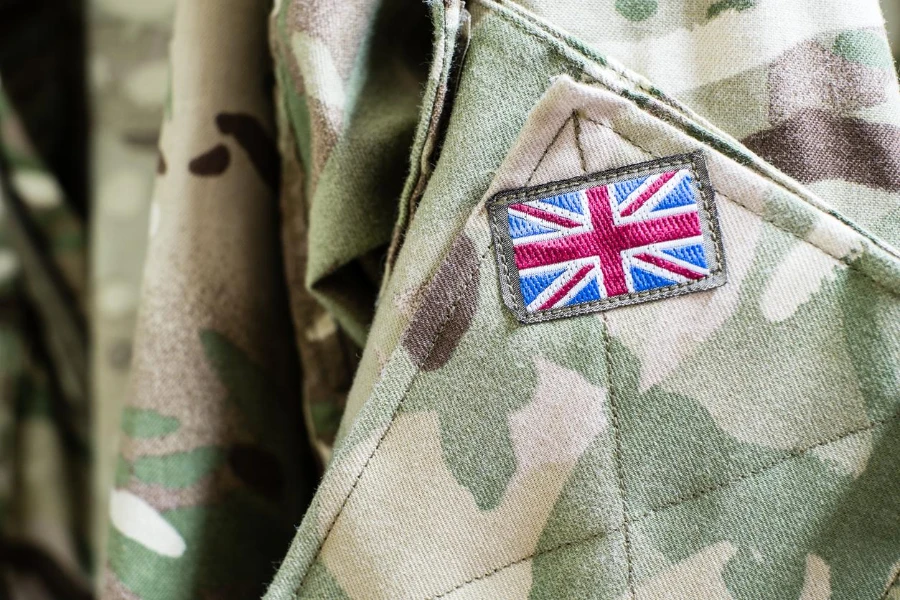
Custom patches offer endless possibilities for personalization, enabling individuals and organizations to showcase their brand, personality, or message uniquely. Creating a custom patch involves selecting the right type, design, and attachment method to suit the intended use. For businesses, custom patches can serve as a cost-effective marketing tool, promoting brand identity and unity among employees. For individuals, they offer a creative outlet to express personal style, interests, and affiliations. The process of designing a custom patch can be a rewarding experience, allowing for a high degree of customization and creativity.
How to apply patches to various fabrics:
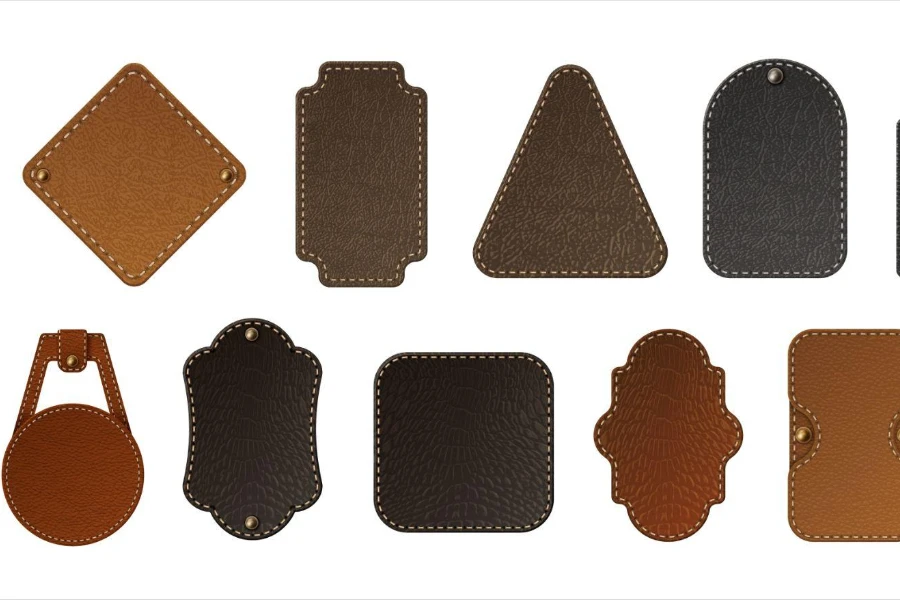
Applying patches to apparel can seem daunting, but with the right technique, it’s a simple process. The method of application depends on the type of patch and the fabric of the garment. Iron-on patches are convenient for most cotton and polyester fabrics, requiring only an iron to attach. Sew-on patches provide a more durable solution, ideal for heavy fabrics like denim and leather. For temporary application or the flexibility to change positions, Velcro patches are the perfect choice. Regardless of the method, applying patches correctly ensures they stay in place, maintaining the integrity and appearance of the garment.
Caring for your patched apparel:
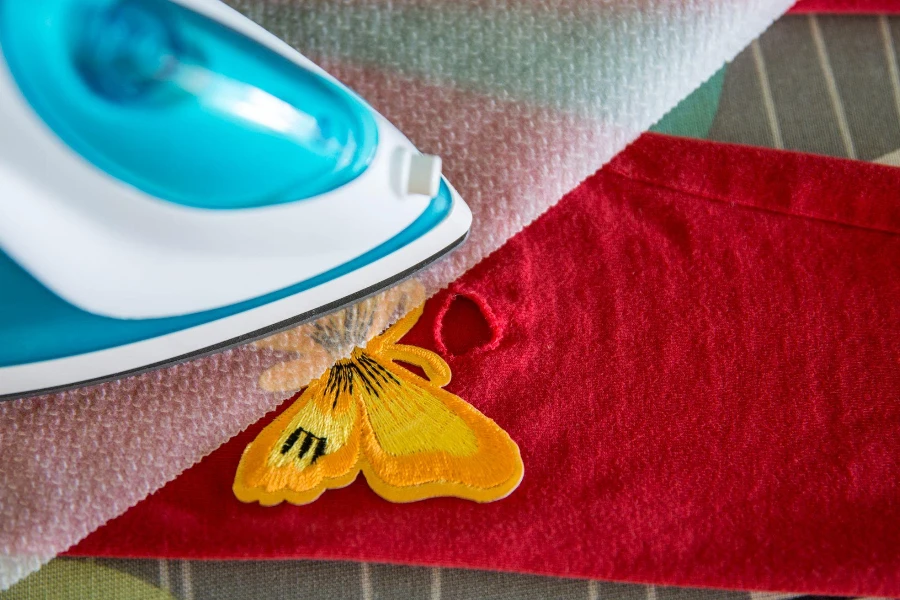
Maintaining patched apparel involves a few key considerations to ensure the longevity of both the garment and the patches. Washing patched clothing inside out on a gentle cycle can prevent wear and tear. Avoiding high heat when drying and ironing is crucial, especially for iron-on patches, to prevent melting or damage. For sewn or Velcro patches, occasional checks to ensure they are securely attached can prevent loss or damage. With proper care, patched apparel can remain a vibrant and meaningful part of your wardrobe for years to come.
Conclusion:
Patches are more than just pieces of fabric; they are a medium through which stories, affiliations, and personal style are conveyed. Understanding the history, types, customization options, application methods, and care instructions for patches empowers individuals and organizations to utilize this versatile accessory effectively. Whether for practical purposes, personal expression, or professional branding, patches offer a unique opportunity to make a statement in the world of apparel.



